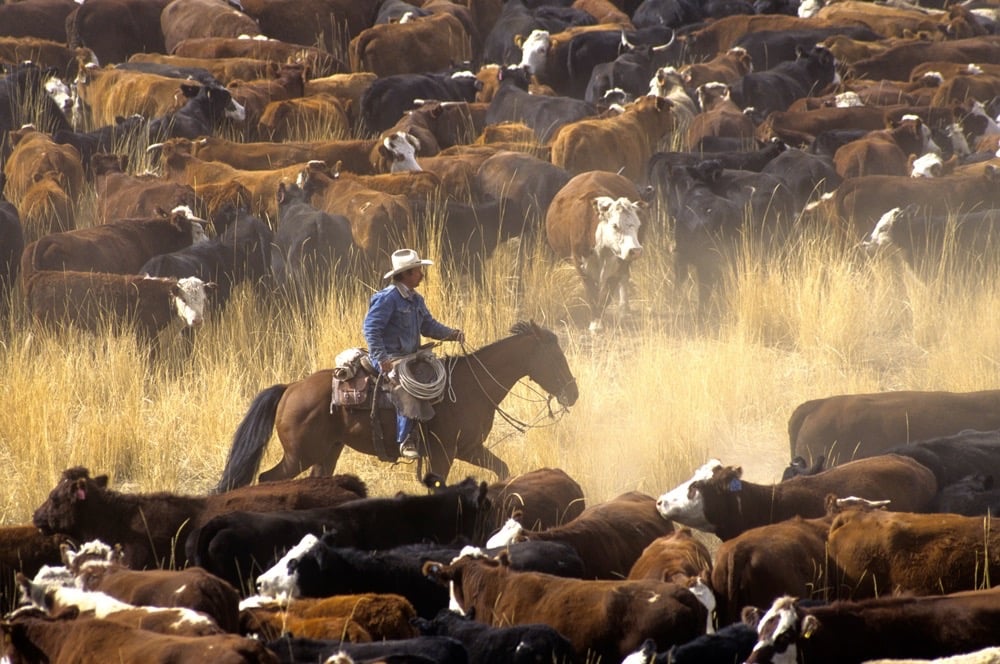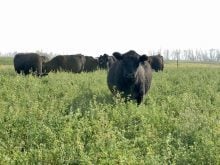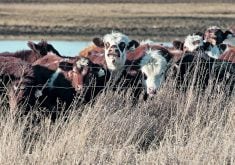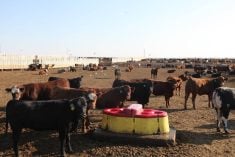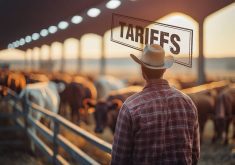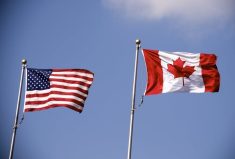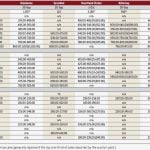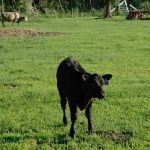Cattle prices may be ending the year on a low note, but even so, it’s been a record-breaking run.
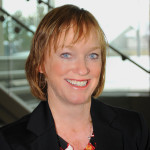
“Averages are averages, but 2015 will go down in the record books for the cycle highs for Canada,” said Anne Wasko, marketing analyst with Gateway Livestock Marketing.
“Everybody’s focusing on today, and of course, the market’s not as good as it was. But when we step back and look at this market in a historical basis, we’re going to say that 2015 was an absolutely amazing year.”
The low Canadian dollar was a major factor, Wasko said at Clearwater County’s Cattlemen’s Day last month.
“We’re looking at a weak Canadian dollar that’s certainly helped support our Canadian prices in the last year,” she said. “On the flip side, the U.S. dollar has been very strong, and a strong dollar doesn’t bode well for exports.”
Read Also
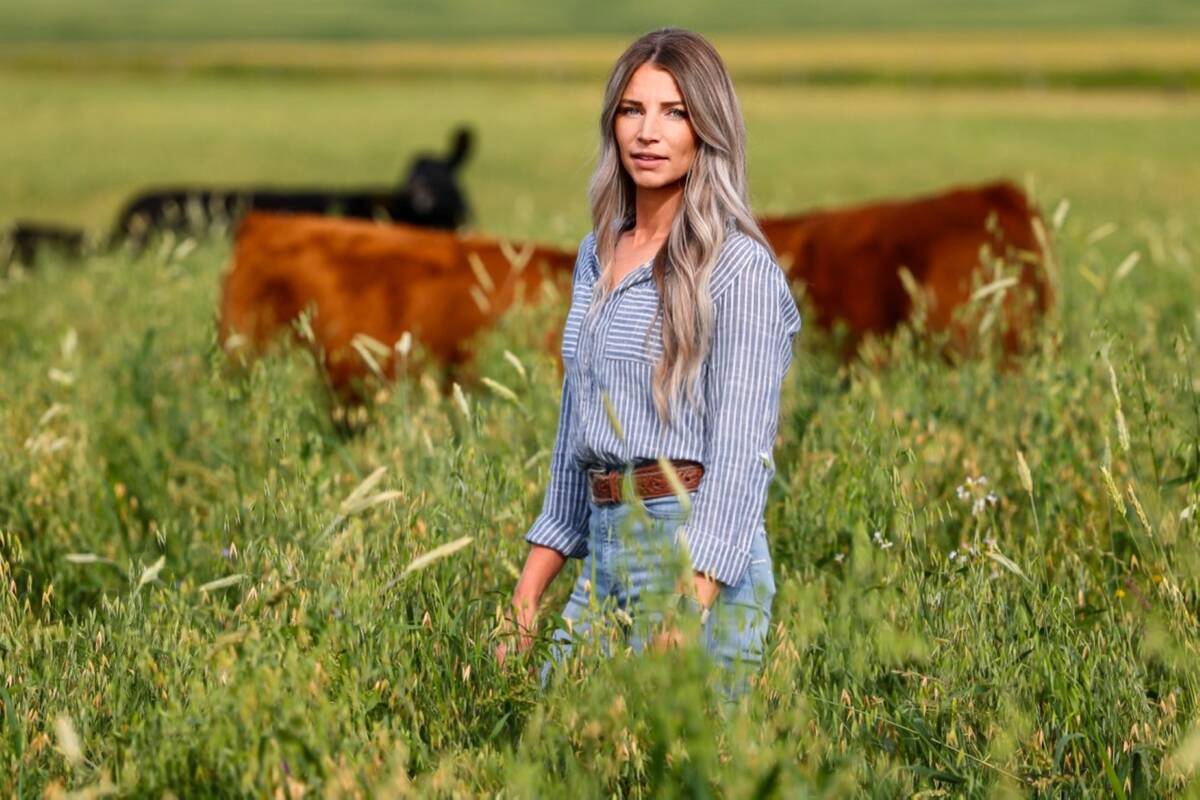
Sundre rancher wins Canadian Cattle award
Brianna Elliot, a cow/calf rancher from Sundre, is this year’s recipient of the annual Reg Schellenberg Next Generation Legacy Award.
As a result, cattle prices were up across the board all through 2015, she said. Fed cattle prices, for instance, averaged 20 per cent higher than they were at the same time last year, while cow prices have seen a 23 per cent increase over the last year.
“We’ve got some big volatility and ranges within prices, but all of these numbers are all-time record highs,” she said.
But “things are changing, and changing quickly,” she cautioned.
“The American herd has expanded, and it is expanding quickly. That’s what’s changing everything.”
Wasko credits the “big profitability” American cattle producers have enjoyed over the past decade for the herd expansion south of the border.
“The American cow operator, on average, has had a pretty good stretch. He’s been generally profitable for a long period of time,” she said. “Even with the forecast going into 2016, it’s still going to be a profitable year based on their forecasted calf prices.
“They took off with the cow herd and grew the cow herd as soon as the rains came. They had money in the bank, and we didn’t.”
After bottoming out in 2014, the U.S. cow herd has moved into an expansion phase, with experts forecasting a four per cent herd increase — 1.3 million cows — by Jan. 1, 2016. And there could be another five per cent growth in the coming year.
“From the bottom of the cycle, at 29 million beef cows, to where they’re going to be by the start of 2017, they’re going to add about 3.5 million head of beef cows in the U.S. to get them up to about 32 million,” said Wasko.
“By 2017, the U.S. will have added as many cows as we have in Western Canada. Understand who’s driving the boat. We’re in the canoe behind the boat.”
In contrast, “we haven’t done anything” for half a dozen years, with herd numbers in Western Canada staying between 3.3 million and 3.5 million head of beef cows during that time.
“We’re not going to grow the herd now. The cycle highs have happened. So what we see is what we get.”
Producers aren’t retaining heifers — and that’s the only way to grow the herd, said Wasko.
“Since 2007, our replacement numbers in Western Canada have been stuck in this 525,000 to 580,000 range,” she said.
Because herd expansion likely isn’t in the cards for the coming year, producers have “got to have a plan” if they want to stay profitable, said Wasko.
“We’ve come through major market highs, but even in lower trending markets, there’s always opportunities,” she said. “But you have to take the emotion out, have that game plan, and wait for these opportunities.
“They will happen — but they won’t happen when you want them to happen if you don’t have that game plan.”
Wasko suggests using hard data to drive those decisions. And that includes sharpening the pencil when building a budget.
“Watching costs is hugely important to being profitable these next few years,” she said.
“It’s not going to be the money we made in 2014 or even 2015. But for those who are below cost on average or better on efficiency levels, they’ve still got some profitable years ahead.
“Last year was a great year for profitability, and this year will still be a good year.”

